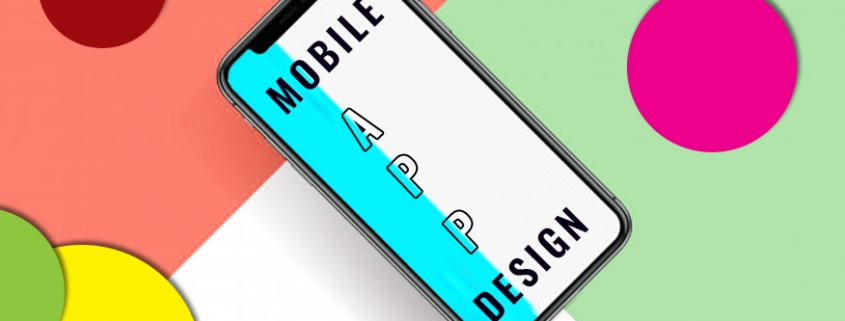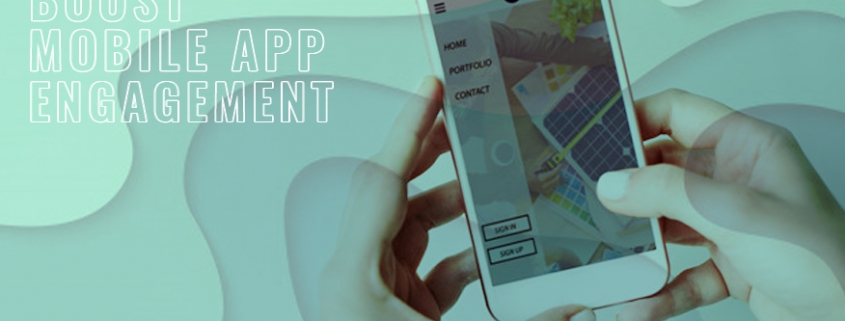How Mobile App Development Helps Organizations Thrive
Before the advent of mobile devices such as smartphones and tablets, organizations are encouraged to build a website to establish an online presence. While starting a website for your organization remains to be important today, it often comes with other strategies to make the organization more relevant. This includes launching a mobile app for the org.
Because of this, many organizations are obtaining the services of mobile app development in Lake Mary to create an application that suits their vision and mission. In doing so, they are able to utilize the tools available to them in order to improve their growth and flourish. Wondering how exactly mobile apps help these organizations? Read on.
The Types of Organizations that Benefit from Mobile App Development
Before looking into the ways applications help them thrive, you might be curious as to what types of organizations take advantage of what mobile apps have to offer. Here are some of them:
- Businesses – Businesses need reliable platforms that customers could use to keep in touch with them. These platforms can also be used to access the products or services offered by a business.
- Churches – If you think it is ridiculous that a church or religious organization has its own app, then you need to consider that members need a dependable connection with the community for many reasons. This includes propagating announcements, spiritual connections and even saving money.
- Sports Associations – Sports fans need access to a platform in which they can check for updates, announcements and other similar info on the team they support.
- Advocacy Groups – Apps are used to garner support for the cause, information campaigns and even announce activities related to the advocacy.
5 Key Reasons that Organizations Use Mobile Apps
Now that you know what type of institutions utilize apps to their advantage, you might want to know why they do so. Check out this list of the 5 primary reasons they use mobile applications:
- Portability
Smartphones are everywhere. Almost everyone owns one. In fact, there are others that have two or more: one for personal use and others for work and other purposes. This ubiquitousness of the device can be attributed to the extreme portability and accessibility it offers. So, many are opting to launch a tool that can be used with these devices and the best options are mobile apps.
Now, you might be thinking: why go for apps when users can simply visit your site using their phones? The answer to this is because apps offer more convenience as compared to opening a browser, typing your site’s URL and then scrolling through your pages. While your site may be optimized for mobile use, an app offers a more efficient and easy function. Remember, we live in a fast-paced world in which ease and convenience is a priority.
- Engagement
Look back on the types of organizations that use applications. If there is one thing they have in common, it is their need for user engagement. After all, they can easily lose touch with their members, customers or clients if they fail to engage them. An app offers a whole lot of opportunities to keep the users involved with the organization in one way or another.
In fact, these are effective tools for boosting app user engagement. From directly getting feedbacks and reviews to opening a communication line for support, apps offer a way to engage with your clientele. Moreover, the use of notifications can be a great way to remind users to check out your latest offerings.
- Enforcing Your Brand
Aside from improving user experience and connection, you can use apps to boost your branding campaign. You can easily convey your brand message using such software. This makes your branding stronger, especially as you have the means to portray the image you want to show to your target market.
Conveying your message and reinforcing your reputation definitely helps. However, you can strengthen your brand by being relevant when it comes to real-life situations and trends. With an app, you can easily deploy infographics and other material that are relatable and trendy, thus, improving your branding.
- Expand Your Reach
As mentioned, applications immensely help, marketing-wise. If you come up with the best campaign, you can even get more members, clients or customers. In fact, promos such as referral rewards and other perks can encourage users to urge their friends and family to check out your app.
- Improve Loyalty
When done properly, you can expect your users to be more loyal to your organization. This is true especially if you are able to prove your relevance, value and the other benefits of being a member, customer or client.
Mobile app development offer a window of opportunity for organizations to flourish and improve. From getting more customers or members to making your org more accessible to them, having an app is definitely an advantage.
For more information and good resources on app developers in Florida, check out AppDeveloperListing.com









